I really enjoyed that aspect a lot, certainly in today’s day and age when things are so spelled out when it comes to villains.
It was very had from a financier’s perspective – they wanted to see the murders happen, [wanted to know] why Richie was wearing the hat, who was this little girl with the dog. The movie is filled with asides, it’s an allegory, and it works as a sort of dreamscape. The only way I could fight for it was from a very fundamental, literal sense make the plot work. Its very simple – if you came to the movie for the plot, I imagine you would come away from it happy. The fun things are happening in the ether, so to speak.
You’ve worked with some high-profile actors in the past – Clifton Collins Jr., Cuba Gooding, Jr., Ray Liotta- but Meeting Evil may be your most bankable effort yet, thanks to the star power of Samuel L. Jackson and Luke Wilson squaring off with each other. What was it like directing these great actors?
Intimidating. Very intimidating. You mentioned Ray – that was intimidating too. You go to set, you have to give yourself a little encouragement not to just be fan. Certainly from a genre perspective a lot of these guys are my heroes who I dreamed of meeting, let alone working with. Luckily, Sam and Luke loved the material. They loved the script, had a lot to work with and had fun with their roles. They’re old friends, so the set was very relaxed, very chill. I was basically hanging out with two guys who would talk about golf and then jump into a pool, scratch each other’s eyes out and jump out of the pool laughing. Then we’d all go home the next day.
Besides your feature directorial credits, you’ve accrued quite a list of television credits. Chuck, Warehouse 13, Hawaii Five-O; how does the experience of something like Meeting Evil compare?
Well, the challenge with a movie like Meeting Evil is that you need to give yourself the emotional and creative space to fail, beat yourself up, do it all over again, and take those sorts of chances. I think as a filmmaker you have to do that in order to do something really interesting.
What I learned from the TV world is that if you prepare a 110% and storyboard every scene, you can make a lot of mistakes in prep and still be able to pull off a scene and an episode in a very short amount of time. That sort of work ethic and that dedication to craft that you learn as a TV director – you know, you have maybe 10 days, 80 or 90 set-ups per day; you’re juggling 6 or 7 scenes in a day – [helps] being able to do these movies on a very limited budget on a very limited number of shooting days.
As far as the joys of creativity, it’s entirely the opposite. In TV I’m there for the writer, I’m there for the show runner. I’m there to execute their vision and make the story as interesting as possible. I enjoy that. I came to directing through writing so I respect their choices and respect their process. That said, the fun about shooting the film is that there isn’t a writer on set. It’s all me, everything’s up to me, and it’s my ideas and my vision that’s being executed. They’re very different in that way, but both very satisfying in different ways.
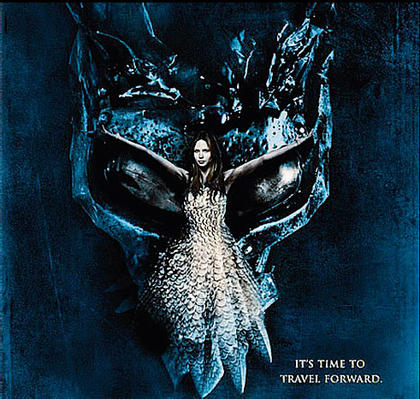
You directed the Donnie Darko sequel, S. Darko. Are there plans for a third entry of the series, and, if so, are you attached in any way?
I don’t. In hindsight, I’d say that’s probably a project that I shouldn’t have done. I love Donnie Darko and I love Richard Kelly’s original film. I love the people and I had a lot of fun making it and I’m very proud of what we did as a sequel, but it was an emotionally tough movie to make. The fans, for the most part, did not get behind it. No one has spoken to me about a third version. If I was approached, I would most likely not be involved.
I actually checked it out on Netflix, given its reputation, and I gotta say it’s a great looking movie, especially in terms of composition.
I appreciate that. What we were trying to do with S. Darko was create a fairy tale companion piece to the graphic novel-like Donnie Darko, change it to a female point of view and craft a fairy tale that had the visual language of Donnie Darko. The hardcore fans spoke out against the movie because of the visual style of the film, but certainly if Irvin Kershner hadn’t have done something different with Empire Strikes Back it wouldn’t have been the success it was. We tried to create a film in the visual language of the original and was sort of a stand-alone companion piece.
Over time some people have come around – there was a nice piece in the San Diego Tribune about the movie that was very complimentary and went into the backlash that was sort of there against the movie before people even saw it. But it was definitely a learning experience for me and in terms of directing sequels, with a movie that has as much of a cult status as Donnie Darko it would be best for the original creator to be involved in it. If not, you’re going to have a hard time pleasing fans.
What’s on tap next for Chris Fisher, be it film or television?
Well we just started Season 4 of Warehouse 13 for the Syfy Channel. I’m the producing director, so I’ll be producing the next 20 episodes including the season premiere and the season finale. I finish that in November then I come to New York to direct a few episodes of Person of Interest. So the next year for me is going to be science-fiction television, which is an exciting place to be.
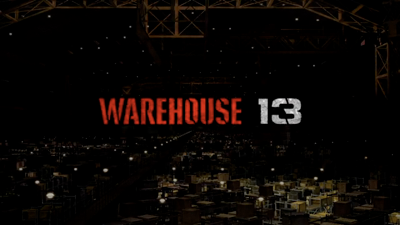

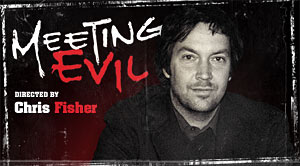
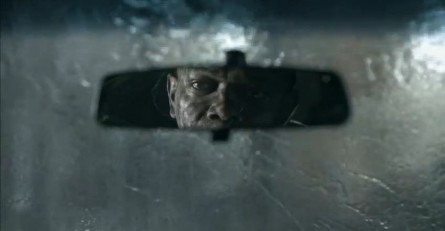
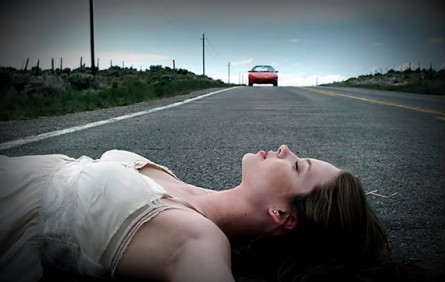
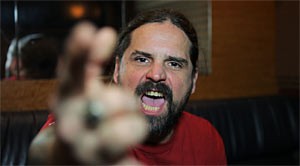
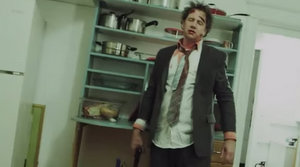
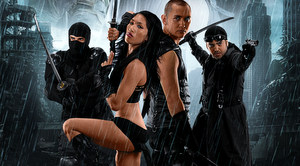


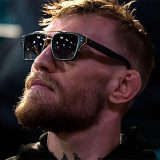



Stay Connected